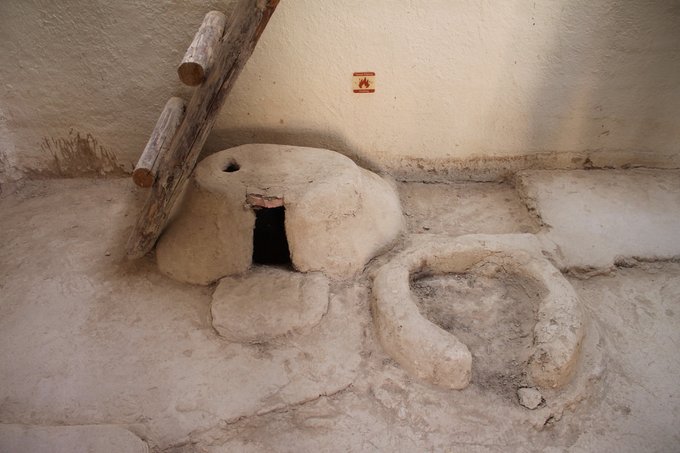It took 4 months of fermentation, but I made my own garum (or more accurately, liquamen).
I can now confirm it was under the supervision of Sally Grainger, world's leading authority on the subject, author of The Story of Garum.
Here's how I did it...
🐟🧵
I can now confirm it was under the supervision of Sally Grainger, world's leading authority on the subject, author of The Story of Garum.
Here's how I did it...
🐟🧵

I started with small, whole sardines, purchased frozen and then left to thaw (from a Portuguese grocery in #Montreal) 

Then I added salt, "Pope's Salt" from Cervia in #Italy, but any sea salt will do: 20% of the weight of the fish, or 77 grams. #garum 



Then I added the salt to the fish after a couple of cuts with a sharp knife to expose the viscera... 

Challenge was replicating Mediterranean summer temperatures in Canadian climate.
Solution: (suggested by @fmedeats, cheers!) Use seedling mat with a thermostat.
The ideal temperature turned out to be around 31 degrees C.
Solution: (suggested by @fmedeats, cheers!) Use seedling mat with a thermostat.
The ideal temperature turned out to be around 31 degrees C.

Then I put the salted sardines in a Mason jar (Kilner jar to those in the UK), closed it, and put it on top of seedling in one of those insulated Coleman camping coolers to maintain a constant temperature. Put the cooler in a corner of the apartment... 

Within only a few days, the enzymes in the sardines' viscera liquefied the flesh. No water or brine was added—the fish just digested themselves. 

Ancient recipes call for 3 months' fermentation (in open vats, under the Mediterranean sun); modern Asian fish sauces are fermented for 12 months+. I let mine go for about 3.5 months, with shakes of the jar every couple of days to keep everything mixed. 

So this is what the sardines were reduced to after 3.5 months of fermentation: a creamy slurry with bones and scales visible. Question is whether the salt has prevented any toxins (botulism, anyone?) from developing. 

I invested in a jelly strainer ($15 at the local kitchen store). And poured the mess into the fine mesh. Best done on the front porch—when the kids were at school! There's already been a lot of "Ewww! Gross!" over this experiment. 

Sally Grainger suggested I rebrine the solids for a week to squeeze a "second extraction." I've done that, and got an equal volume of liquid out of it. Common practice among value-conscious garum merchants in 1st cent CE, apparently. 

The resulting liquid—which the Romans more often called "liquamen" than "garum"—is very similar in colour to this colatura, an Italian sauce made from the drippings of salted anchovies. Colatura, though, isn't fermented (the fish are gutted before salting). 

Grainger told me the colour—a coruscating gold—was perfect. The smell is somewhere between colatura and Vietnamese nuoc mam. Intensely fishy, but not off-putting. 

And I tasted it—and it was great! Salty up front, but with deep-down umami. As good as the reconstructed Flor de Garum I had in Spain, better than most Asian fish sauces. I've been using it in French onion soup, puttanesca sauce, Roman patina (below)—and my kids seem to love it! 

Liquamen/garum's synergy with Ferula drudeana, the presumed Silphion plant, is remarkable, as our experiments in cooking with recipes from Apicius in #Istanbul showed. 



For more on presumed Silphion, see my feature here:
cc: @NatGeoMag @natgeo
nationalgeographic.com/history/articl…
cc: @NatGeoMag @natgeo
nationalgeographic.com/history/articl…
And apologies to those who already saw the original thread; re-posting b/c of new interest.
Pro-tip: don't make Garum/Liquamen with crickets.
Not actually Garum, but Fermented Nordic Bug Sauce.
Not actually Garum, but Fermented Nordic Bug Sauce.
The distinction between Liquamen and Silphion is we have organic remains of the former in sealed amphorae recovered from Pompeii's Garum Shop. We have no such remains of Silphion. I ran an inscriptions search for laser / silphium / laserpithium, came up with nothing.
But a Silphion amphora might be yet found at the bottom of the Med.
• • •
Missing some Tweet in this thread? You can try to
force a refresh

























